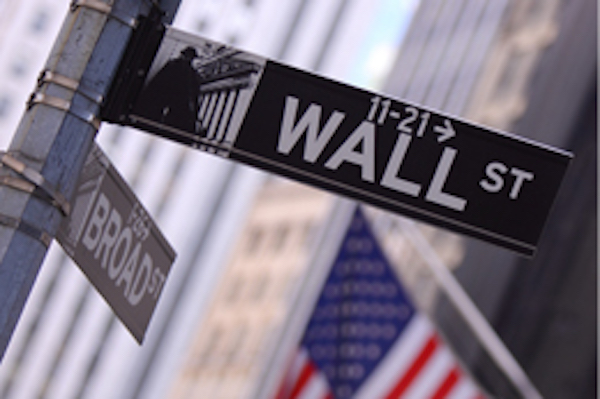by Dr. Brian Jacobsen, CFA, CFP®, Wells Fargo Asset Management
The economic data rolling in shows summer weakness has turned into fall strength. That could embolden the Federal Reserve (Fed) to hike interest rates before the end of the year, even as early as November. A November hike could assert the Fed’s political independence and it could help put every Federal Open Market Committee (FOMC) meeting on the same footing. As it is, many people think the FOMC would only change policy when there’s a press conference, which is every other meeting. I think it’s close to a coin-flip, as to whether the Fed hikes in November or December. But, what if the Fed hikes and nobody notices? Yes, it would get a lot of media attention, but maybe the real economy wouldn’t react to a Fed hike.
The reason the economy might not react to a hike is not because a 25 basis point hike is trivial. It’s not trivial when you’re the one paying it. Also, hikes don’t just affect the economy through the cost of financing; the big effect typically stems from the availability of credit.
Traditionally, when the Fed hikes, it uses reserves from the banking system—not only pushing up the cost of credit, but also reducing its availability. Monetary policy operates a bit differently today, in light of a lot of bank reserves in the financial system. The cost of credit and availability of credit is often affected more by the interest the Fed pays banks for reserves (interest on reserves) and the overnight reverse repo rate the Fed sets. The federal funds rate—the Fed’s main operating target—sits between the two rates. Changing those rates can affect conditions in the short-term credit markets.
However, two forces are already at work affecting credit conditions, especially in the commercial paper market: political uncertainty and regulatory changes.
On the political front, costs of borrowing for banks in the LIBOR (London Interbank Offering Rate) market have increased since the June 23 Brexit referendum. Interest rates on financial commercial paper have also risen. Based on the historical relationship between the Fed’s federal funds rate target and the above mentioned market-based rates, current market-based rates are consistent with a federal funds rate that’s already 25 basis points higher than the current mid-point of the Fed’s target of 0.375%.
The second force, regulatory change, has impacted the cost of borrowing in the non-financial commercial paper market, as many money market participants have had to choose between staying in government-only money market funds, or moving to slightly higher-yielding prime money market funds that will be required to let their net asset values float. These prime funds invest in non-government related securities. Partially because of the sloshing around of money, and the uncertainty around where investors will ultimately park their short-term investments, the yield on non-financial commercial paper is consistent with a federal funds rate that’s 7 to 10 basis points higher than the current federal funds rate target.
These regulatory changes and political uncertainties have affected the availability and cost of short-term financing for businesses. That ripples through the markets and the economy, affecting other investment and economic decisions—which is exactly what a Fed rate hike would typically do. Essentially, a rate hike has already happened without the Fed actually hiking. As a result, the Fed could just move its targets up to meet the market where it already is. If the Fed doesn’t hike in November or December, that could result in conditions more reflective of a rate cut, as those market rates may come back down, as time goes on, while people adapt to the new regulatory environment and political uncertainties resolve.
The Fed could hike without anyone noticing a difference. That’s why a rate hike by the Fed is nothing to fear. Fundamentally, rates have already been hiked.
Copyright © Wells Fargo Asset Management

















